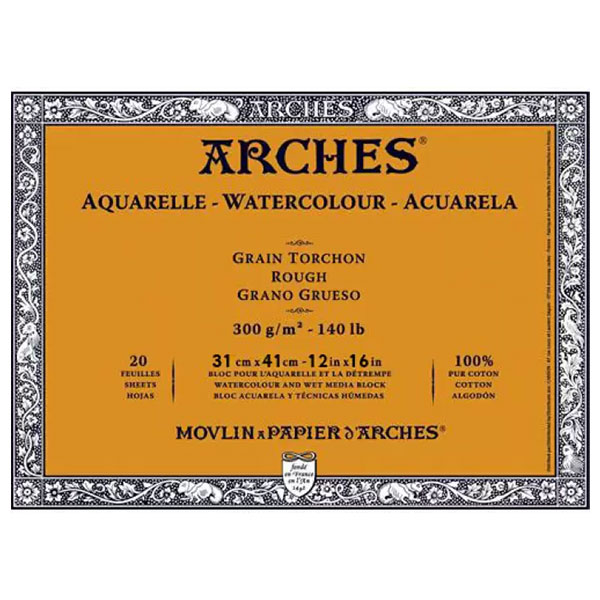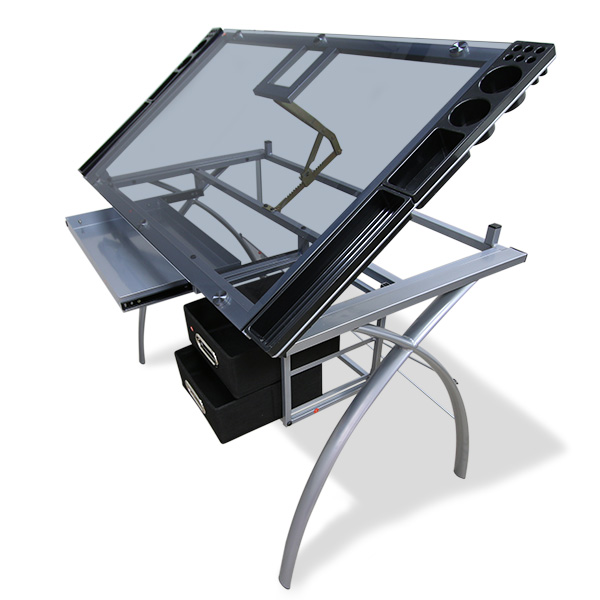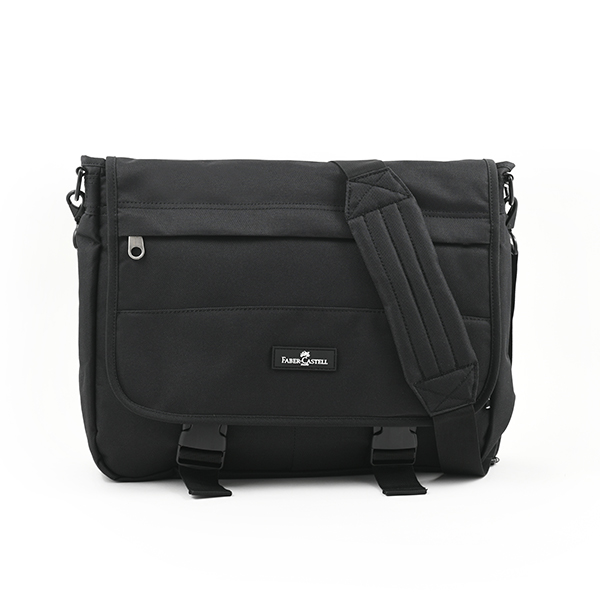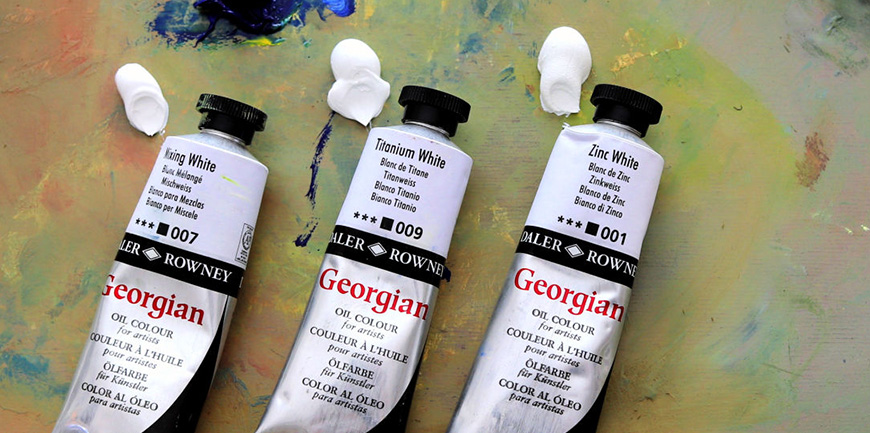
Is white paint the most important colour on an artist’s palette? This hue finds it way into most, if not all, colours in a painting. Artists often argue the merits of one type of white paint over another. Whatever the case white paint certainly is a significant part of our painting materials. But did you know how many types of white are available? Not to mention how to use them all.
In this article I take a quick tour through the typical and more obscure white paint options at your paint shop. Plus a few pro tips to help you use white paint better.
What do you use white paint for?
Most beginners would say that white is used to make a colour lighter and brighter. But a professional will caution you before you throw in a lot of white paint. Yes white does make a colour lighter by raising the value. Some white paints do this better than others.
The caution comes in where beginners typically add in too much white paint. Light does not mean bright when it comes to adding white to paint colour. It pays to remember that white paint typically cools down a colour and reduces saturation (intensity). Go too far and white paint makes a colour chalky, lifeless and cold. This is not good at all.
As a general rule when adding white to raise the value of a colour (make it lighter) you should add back a little of the original colour. This keeps the character of the colour in place, increases saturation a little while enhancing vibrance. For example adding white to green can make the green look cool and even pasty. You need to add a little yellow back in to warm it up. Or perhaps blue to keep it cool, but colourful.
Okay let us look at types of white paint available on the shelf.

Titanium white
This twentieth century invention has become the staple white paint for most artists. Strong tinting ability and extreme opaque nature makes this ideal for getting results. The paint is also stable and has excellent archival qualities. Ideal for painting in an impressionist style for opaque colour mixes. Also in modern art for no nonsense colour gradations.
The caution is that it is a cool colour that can turn a warm subject into a cold one. Add back colour to retain vibrancy to your mixes. The Georgian Titanium white by Daler-Rowney is a solid example suitable for students and advanced artists alike.
Zinc white
A slightly warmer and less opaque white that gained popularity from the nineteenth century onwards. Zinc white shared similar characteristics with lead white yet was cheaper and non toxic. Mixing colours with zinc white kept some of the colour saturation levels in place. Zinc white also made it possible to glaze colour for a smoky look that was not too opaque.
But zinc white has been shown to display a tendency to crack or delaminate when used in thick impasto styles. If you want to butter on a lot of white into your mixes it would be best to use Titanium white. Zinc white is good for mixing lightly into colour to adjust value while retaining colour saturation.
Underpainting white
You know that cold, dry surface you get from acrylic based primers. Gesso and other canvas primers tend to make a dry and absorbent painting surface. Underpainting white helps to create an oil based surface that makes your oil paint more workable. This is especially so if you want to paint glazes perhaps in a grisaille method.
Underpainting white can be painted on direct from the tube or you can tone it with another colour. For example burnt sienna or Indian Yellow to create a warm earthy tone. Underpainting white is intended to dry quicker than typical Titanium white. For this reason it is fairly thick out of the tube. If you need to break it down use spirits and not fatty mediums like linseed oil. These will slow down drying time.
You can paint with oils onto the semi dry layer or wait for it to dry completely. Each approach has benefits. The former encourages alla prima, wet into wet techniques. The latter a more considered approach such as glazing in an old master style.
Underpainting white can also be used to add texture to the painting surface with impasto layers. Wait for them to dry fully before painting over them.
Once again Daler-Rowney has a good underpainting white in their Georgian range.

Mixing white
This is an interesting option that some artists swear by. It is a transparent white paint formulated to mix into colours without the extreme tinting nature of titanium white. It is still cool in temperature, but its transparency helps keep colours strong. So if you want to lighten values without dramatically desaturating the colour this may be an option for you.
This is also suitable for glazing techniques to get a smoky quality to colours while still retaining a degree of transparency. Certainly a handy colour for experienced artists to have on hand. Try Daler Rowney’s Georgian mixing white and see if this opens up new options for you. I am interested in using mixing white for those aerial perspective colours that are a little foggy, but allow colour to come through.
Lead and flake white
Finally the old master colours that everyone painted with until the Twentieth century when titanium white gained popularity. Now largely banned from paint manufacture it is only a few paint makers that still make artist’s lead white. I have used lead white and enjoy its unique qualities. A smooth, warm white that does change the look of a painting. Difficult to describe yet interesting to try out. Is it worth the risks? Artist’s following old master traditions insist that it is. If you are used to using titanium white then you may not enjoy the feel of lead white. They are markedly different.
A few paint makers are trying out non-toxic flake white alternatives that mimic the feel of lead based paints. This paint will however best suit experienced artists seeking specific results.
Final comments
I hope this has given you a new insight into the humble tube of white paint in your studio. Try out a few and see what difference they make to your colour mixing. A final tip is to practice mixing white in increasing quantities into a colour. Imagine a colour swatch from the hardware store. Make something similar with all the colours you typically use. In this way you will learn how to mix colour better. Plus you will get to know how to use white paint like a pro.
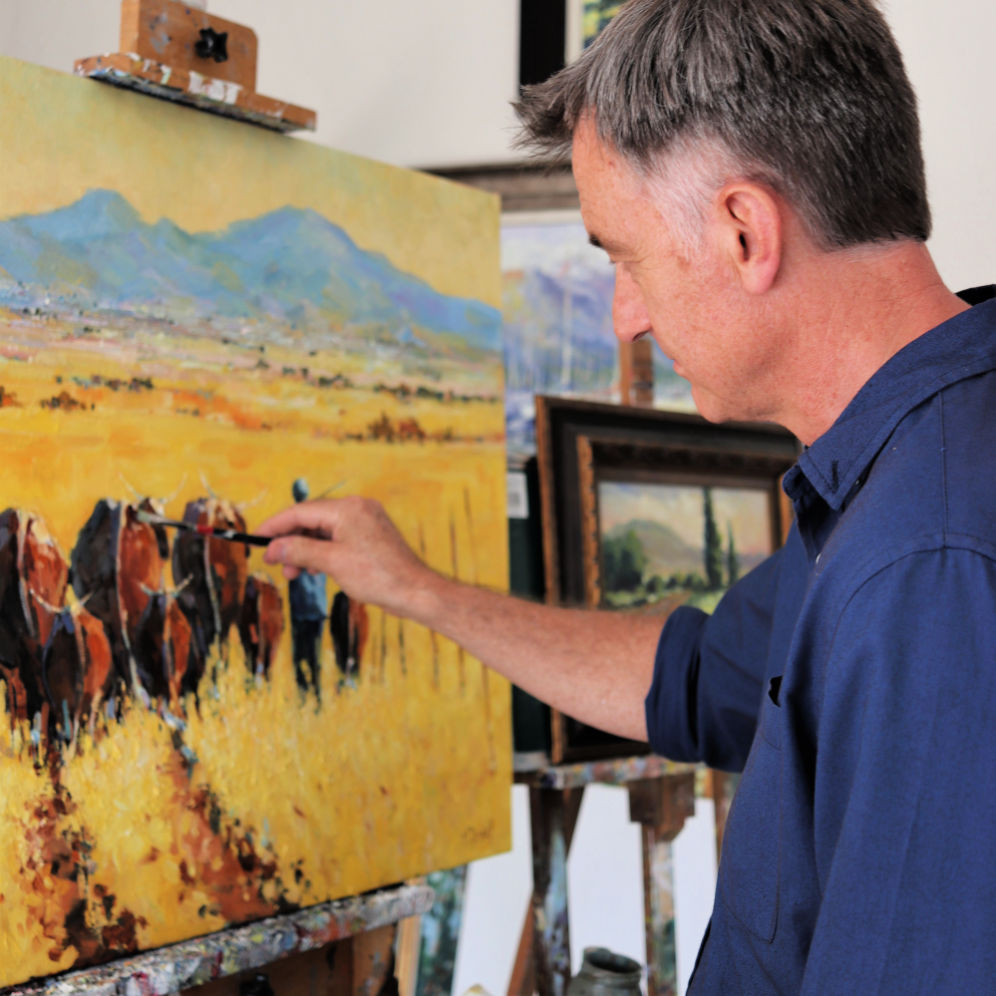
The Paint Pro – Malcolm Dewey
Malcolm Dewey is a full-time artist living in South Africa. Together with a loose brushwork style Malcolm’s paintings are filled with light, colour and movement.
Malcolm’s favourite painting mediums are oils, acrylics and watercolour. He aims to describe his painting with an economy of shape, but without compromising on paint and generous brushwork.
Website: www.malcolmdeweyfineart.com
Instagram: @malcolmdeweyfineart
Facebook: Malcolm Dewey Fine Art


